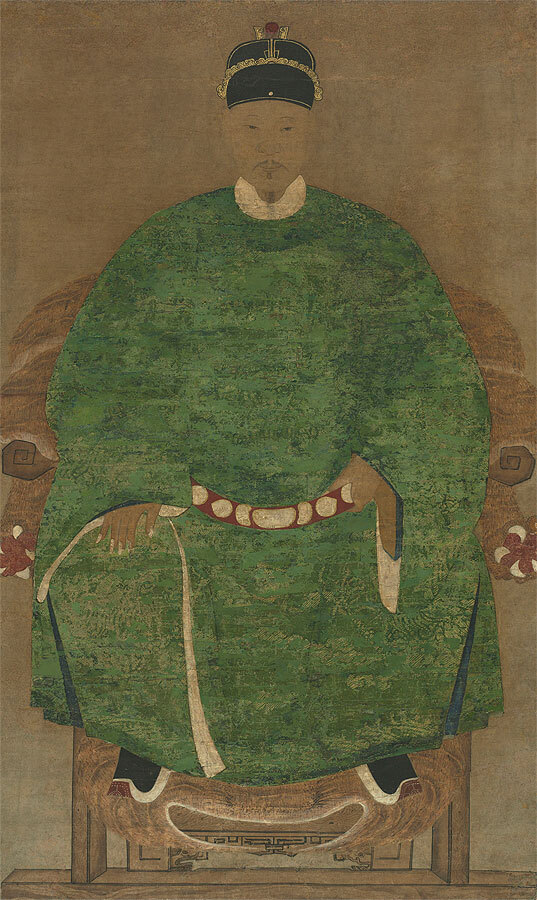Episodes

Monday Nov 28, 2022
Monday Nov 28, 2022
The fall of Beijing in 1644 did not immediately put an end to the Ming Dynasty. For almost half a century, Ming pretenders and loyalists in the south warred with the Manchus. One of the most prominent Ming loyalist factions was the Zheng family regime based in Fujian and Taiwan. Founded by the pirate-merchant Zheng Zhilong, the enterprise reached new heights under his son Zheng Chenggong, better known as Koxinga, who is best known for driving the Dutch out of Taiwan. This regime carried out the pro-Ming, anti-Manchu banner until it was finally defeated by the Qing in 1683. Joining me to talk about this fascinating regime is Professor Xing Hang of Brandeis University. He will cover the history of the regime from its rise to its fall, how it became so powerful, how and why Koxinga took over Taiwan, as well as what Ming loyalism meant to the Zhengs.
Contributors
Xing Hang

Professor Xing Hang is an Associate Professor of History at Brandeis University and a scholar of China and of the East Asian maritime world. His first project is about the Zheng organization in Taiwan, its role in seventeenth century East Asian maritime trade, and how it defined its legitimacy, and he has published extensively on the topic. His research on this topic has also greatly informed his more recent project, which is on Chinese communities in Southeast Asia from the seventeenth century to the twenty-first centuries.
Yiming Ha

Yiming Ha is a Ph.D. candidate in the Department of History at the University of California, Los Angeles. His current research is on military mobilization and state-building in China between the thirteenth and seventeenth centuries, focusing on how military institutions changed over time, how the state responded to these changes, the disconnect between the center and localities, and the broader implications that the military had on the state. His project highlights in particular the role of the Mongol Yuan in introducing an alternative form of military mobilization that radically transformed the Chinese state. He is also interested in military history, nomadic history, comparative Eurasian state-building, and the history of maritime interactions in early modern East Asia. He received his BA from UCLA and his MPhil from the Hong Kong University of Science and Technology.
Credits
Episode no. 16
Release date: November 28, 2022
Recording location: Boston, MA/Los Angeles, CA
Transcript (proofread and punctuated by Lina Nie)
Bibliography courtesy of Prof. Hang
Images

Cover Image: Painting of Zheng Zhiling (in green robes) and his son Zheng Chenggong by Dutch painter Pieter van der Aa (Image Source)

17th century portrait of Zheng Chenggong, also known as Koxinga (Image Source)

Maximum extent of Koxinga's territories in the late 1650s/early 1660s. Red shows areas under his direct control, while orange shows his area of influence. (Image Source)

Birth rock of Koxinga, in Hirado, Japan. (Image Source)

Koxinga worshipped in a temple in Tainan. (Image Source)
References


No comments yet. Be the first to say something!